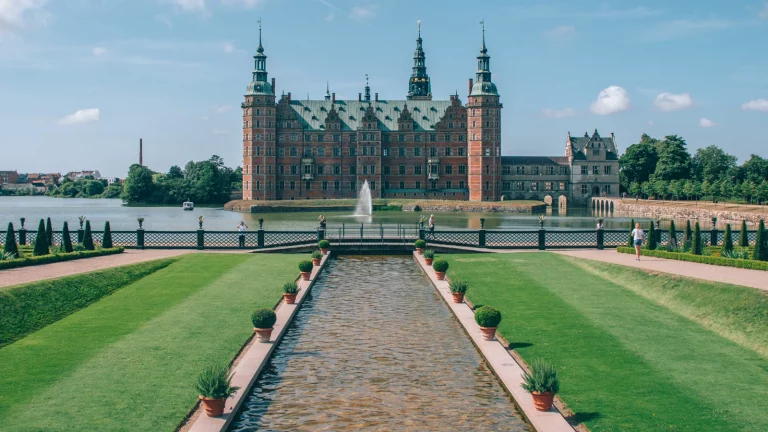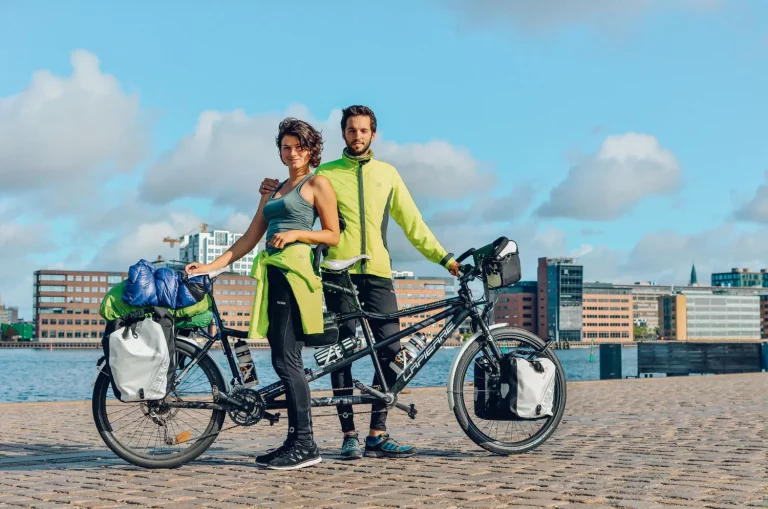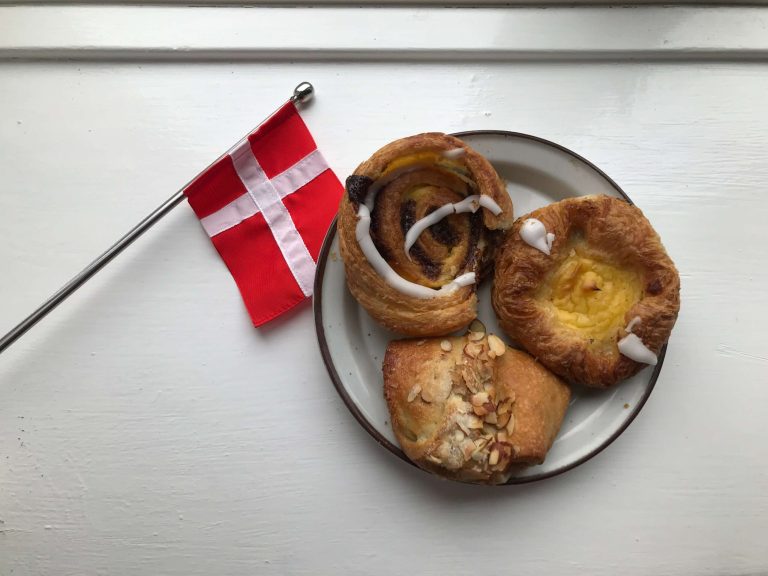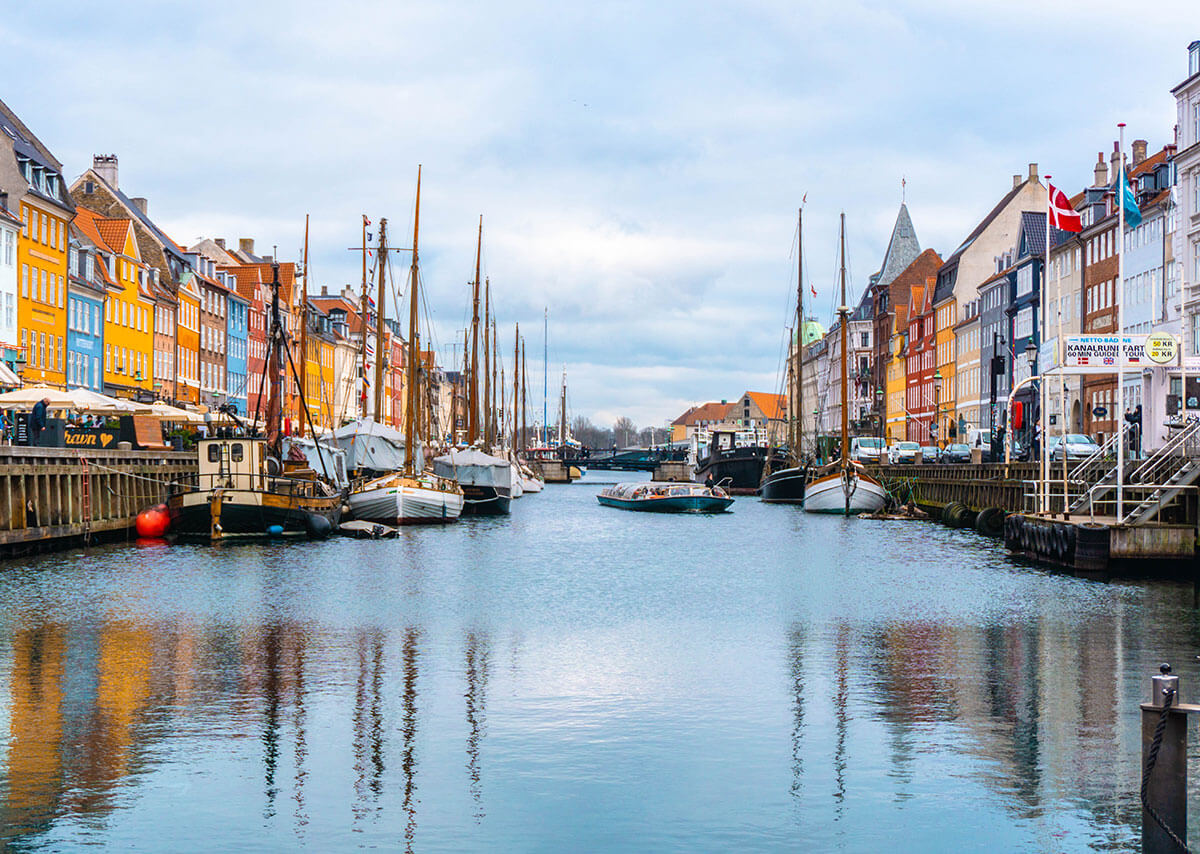
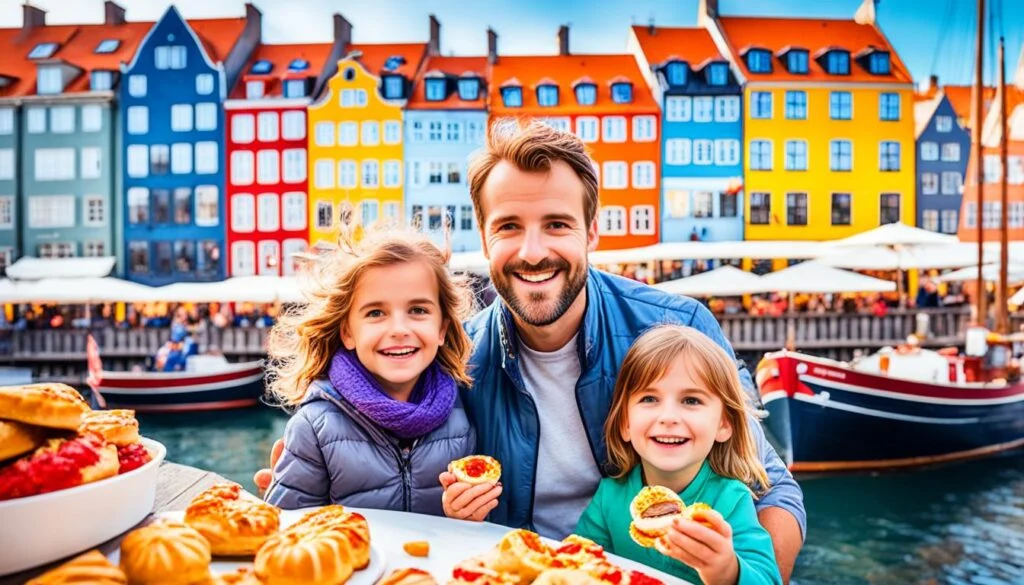
When people think of Denmark, they often picture its rich history, charming towns, and beautiful landscapes. But Denmark also comes with a reputation for being one of the pricier destinations in Europe. While it’s true that Denmark’s high standard of living can make it a costly destination, there are ways to explore it affordably. With the right tips and tricks, you can experience the best of Denmark on a budget—without sacrificing comfort or missing out on the local culture. Here’s how to do it!
1. Budget-Friendly Accommodation Options
Finding affordable accommodation is one of the first steps to ensuring your trip to Denmark stays within budget. The country offers a variety of options, from hostels and budget hotels to unique alternatives like camping and couchsurfing.
- Hostels: Denmark has a fantastic network of hostels, with affordable rates and great amenities. Hostels like Danhostel Copenhagen City provide a central location in Copenhagen, clean rooms, and community kitchens so you can prepare your meals. Copenhagen Downtown Hostel is another popular option, offering a social atmosphere perfect for meeting other travelers.
- Budget Hotels and Airbnb: Budget hotels in cities like Copenhagen and Aarhus may be pricier than hostels, but they often offer more privacy. Look for hotels just outside city centers for better rates. Airbnb is another alternative; consider renting a room in someone’s home for a local experience and cost savings.
- Camping and Nature Sites: If you’re visiting in the warmer months, camping can be an affordable and scenic option. Denmark’s “Allemannsretten” or “Right to Roam” allows travelers to camp for free in designated spots on public land. National parks like Mols Bjerge and forests often have free camping spots.
- Couchsurfing: For the more adventurous, couchsurfing provides a free way to stay with locals, learn about Danish culture, and save on accommodation costs.
2. Affordable Dining: Eating on a Budget
Food costs in Denmark can add up quickly, especially if you’re dining out regularly. Luckily, there are plenty of ways to eat well on a budget.
- Street Food Markets: Copenhagen’s street food scene offers affordable options and tasty meals from around the world. Head to places like Reffen on Refshaleøen Island, where you’ll find everything from Danish smørrebrød (open-faced sandwiches) to international dishes.
- Local Supermarkets: Danish supermarkets such as Netto, Fakta, and Aldi provide budget-friendly groceries. Consider shopping for fresh bread, cheese, cold cuts, and fruits for a picnic-style meal on the go. Many supermarkets also have discounted pre-made meals and bakery sections.
- Bakeries and Cafes: Denmark’s bakeries are famous for pastries, and many offer specials at the end of the day on items like kanelsnegle (cinnamon rolls) and wienerbrød (Danish pastries). Look for places like Lagkagehuset for affordable treats.
- Lunch Specials: In Denmark, many restaurants offer lunch specials (called “dagens ret”) at reduced prices. This is often a filling hot meal and typically costs far less than dinner. Smørrebrød cafes also have lunch specials if you’re eager to try traditional Danish fare.
- Student Discounts: Denmark offers discounts for students at many cafes and restaurants. Showing an international student ID can get you cheaper meals at certain places.
3. Budget-Friendly Transportation
Denmark’s public transportation is efficient, but it can be expensive. Here are some ways to get around without breaking the bank:
- Public Transport Passes: For those spending more than a few days in Copenhagen or any major city, consider purchasing a City Pass or Rejsekort. These passes cover buses, trains, and metro services, providing unlimited travel within specific zones for a set period.
- Biking: Denmark is a bike-friendly country with extensive cycling infrastructure. Renting a bike is not only affordable but gives you the freedom to explore cities like Copenhagen and Aarhus at your own pace. Many hostels and hotels offer bike rentals, or you can use bike-sharing services like Donkey Republic.
- Travel by Train with Orange Tickets: The Danish railway system, DSB, offers “Orange Tickets” which are discounted train fares for various routes. Booking these in advance can save you significant amounts on intercity travel.
- Hitchhiking and Carpooling: For adventurous travelers, hitchhiking is common and safe in Denmark. Carpooling services like GoMore allow travelers to share rides and split costs, making it a budget-friendly way to explore the country.
4. Free and Low-Cost Attractions
Denmark offers plenty of free and low-cost attractions, from beautiful natural landscapes to fascinating cultural sites. Here are some highlights:
- Museums with Free Entry: Many museums in Denmark offer free entry on specific days. For example, the National Museum of Denmark in Copenhagen and the Aarhus Art Museum have days where entry is free. Additionally, Denmark’s museums often offer student discounts, so keep your student ID handy.
- Public Parks and Gardens: Denmark has beautiful parks, including the King’s Garden in Copenhagen and Botanical Garden in Aarhus, where you can enjoy a peaceful afternoon at no cost. Tivoli Gardens, while not free, offers discounted entry during off-peak times or seasonal events.
- Copenhagen Walking Tours: Free walking tours in Copenhagen and other major cities provide an insightful way to explore. Guides work for tips, so you can pay what you feel is fair for the experience.
- Beaches and Coastal Areas: Denmark has beautiful beaches, especially along the Jutland Peninsula and on islands like Funen. Beaches are free to visit, and you’ll find scenic coastal paths for hiking and biking.
- Churches and Historic Sites: Many of Denmark’s historic churches, like Roskilde Cathedral and Aarhus Cathedral, are open to the public. These buildings offer a glimpse into Denmark’s rich history and architecture, often free of charge.
5. Additional Tips for Staying Within Budget
- Plan Ahead: Denmark is a destination where early booking can save you money on everything from accommodation to transportation.
- Look for Deals on City Cards: Cities like Copenhagen offer Copenhagen Card, which includes free entry to numerous attractions and free public transportation. This can be cost-effective if you plan to visit multiple sites.
- Stay Hydrated with Free Tap Water: Tap water is safe to drink in Denmark, so bring a refillable water bottle to save on drink costs.

